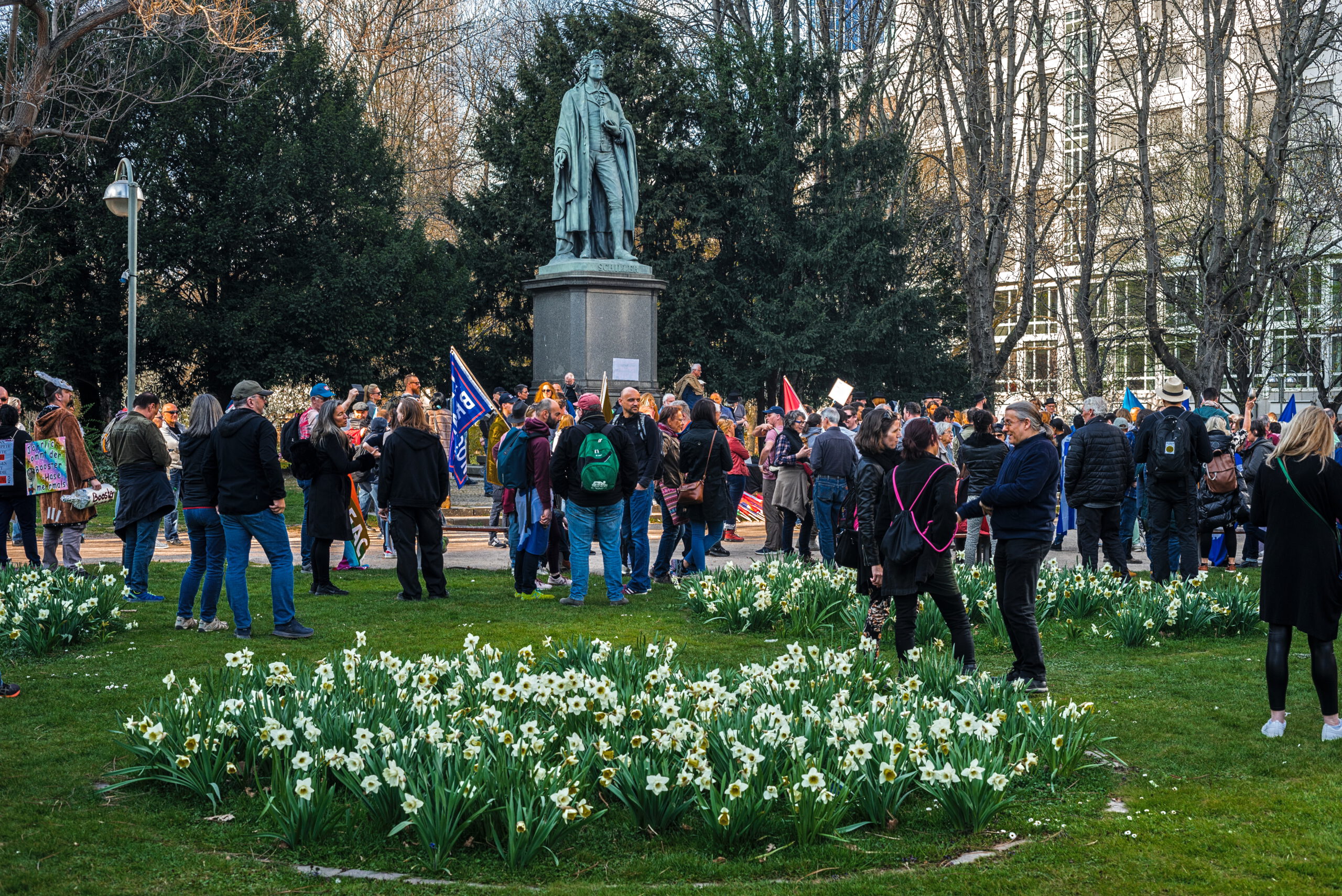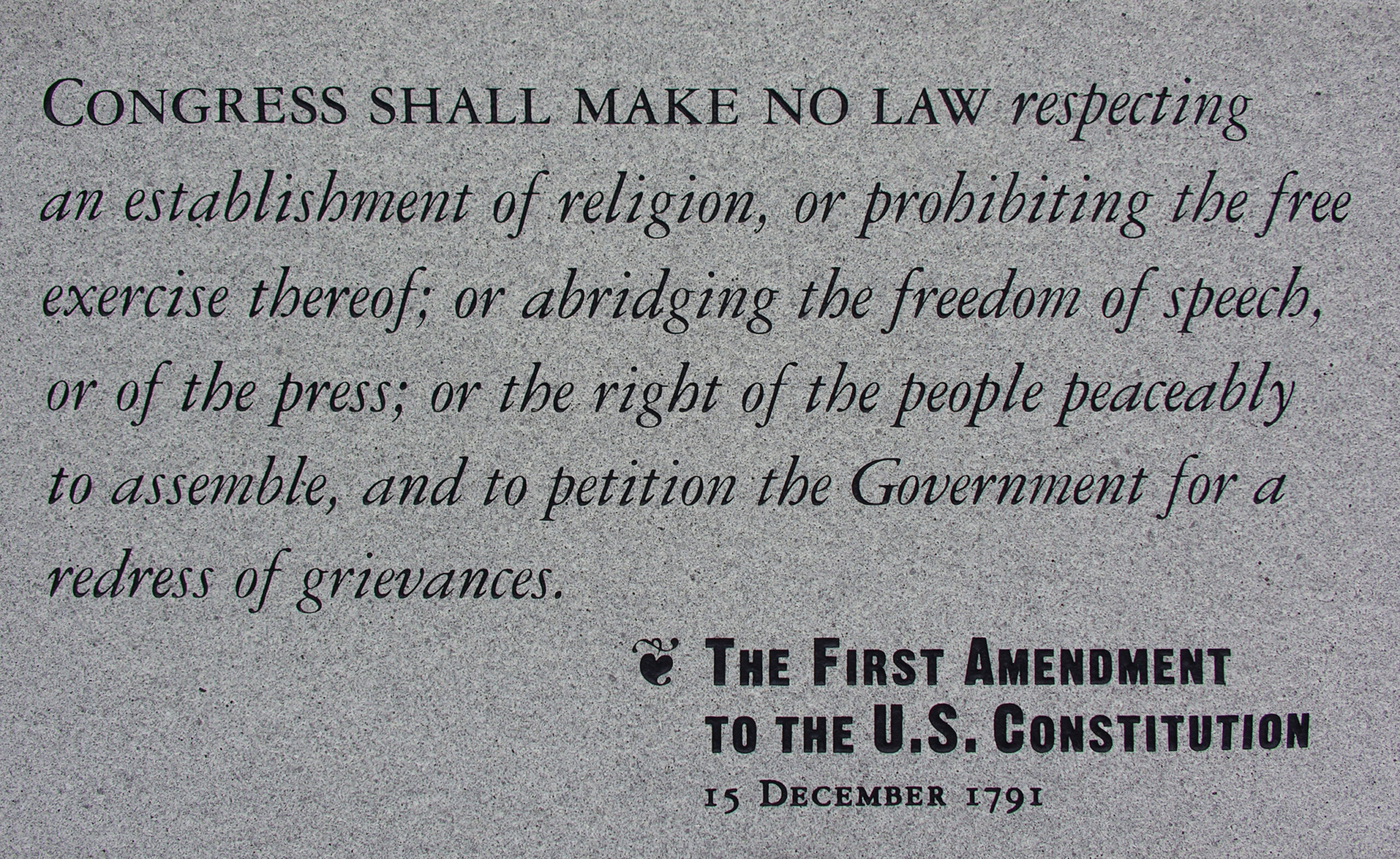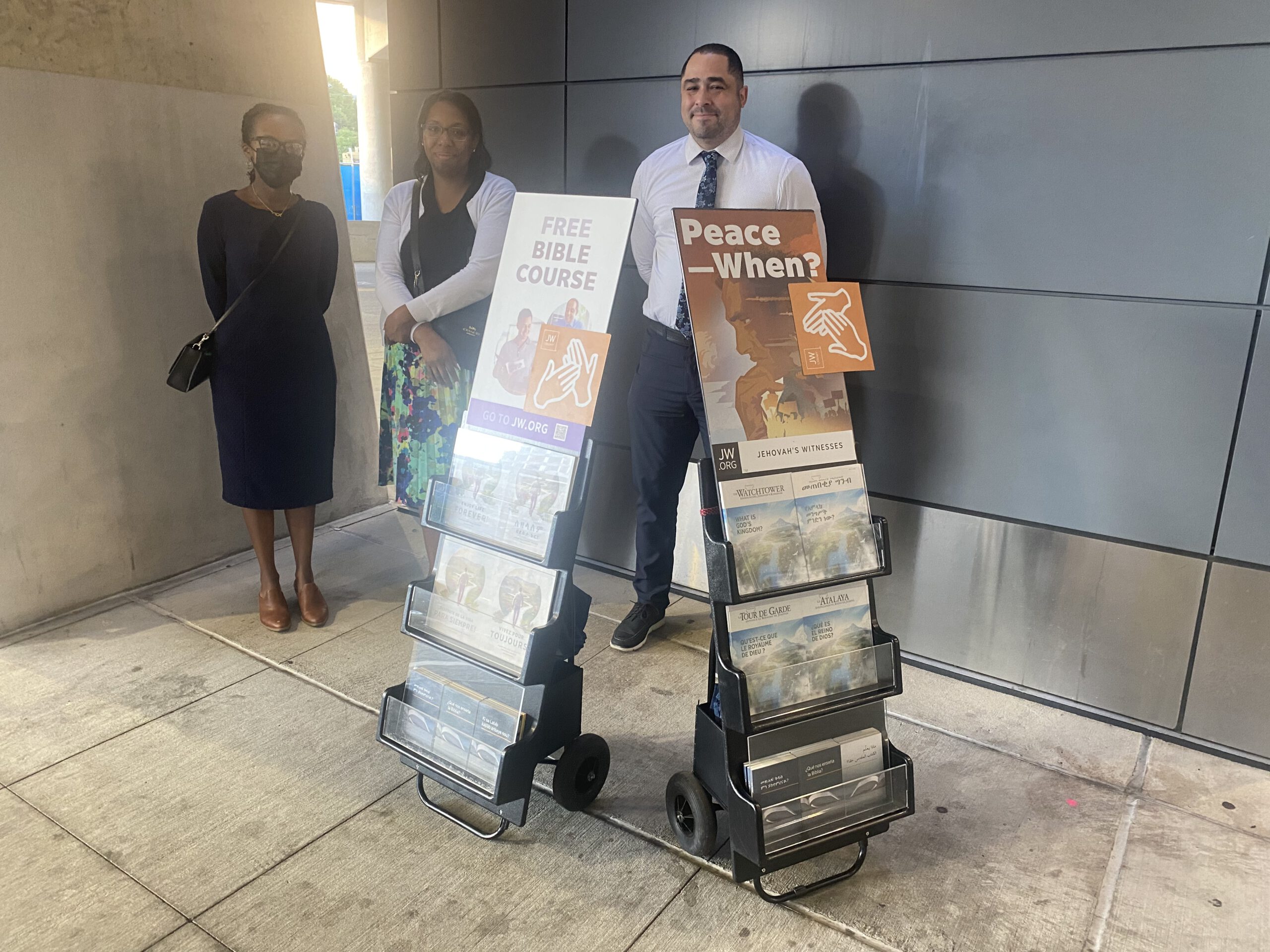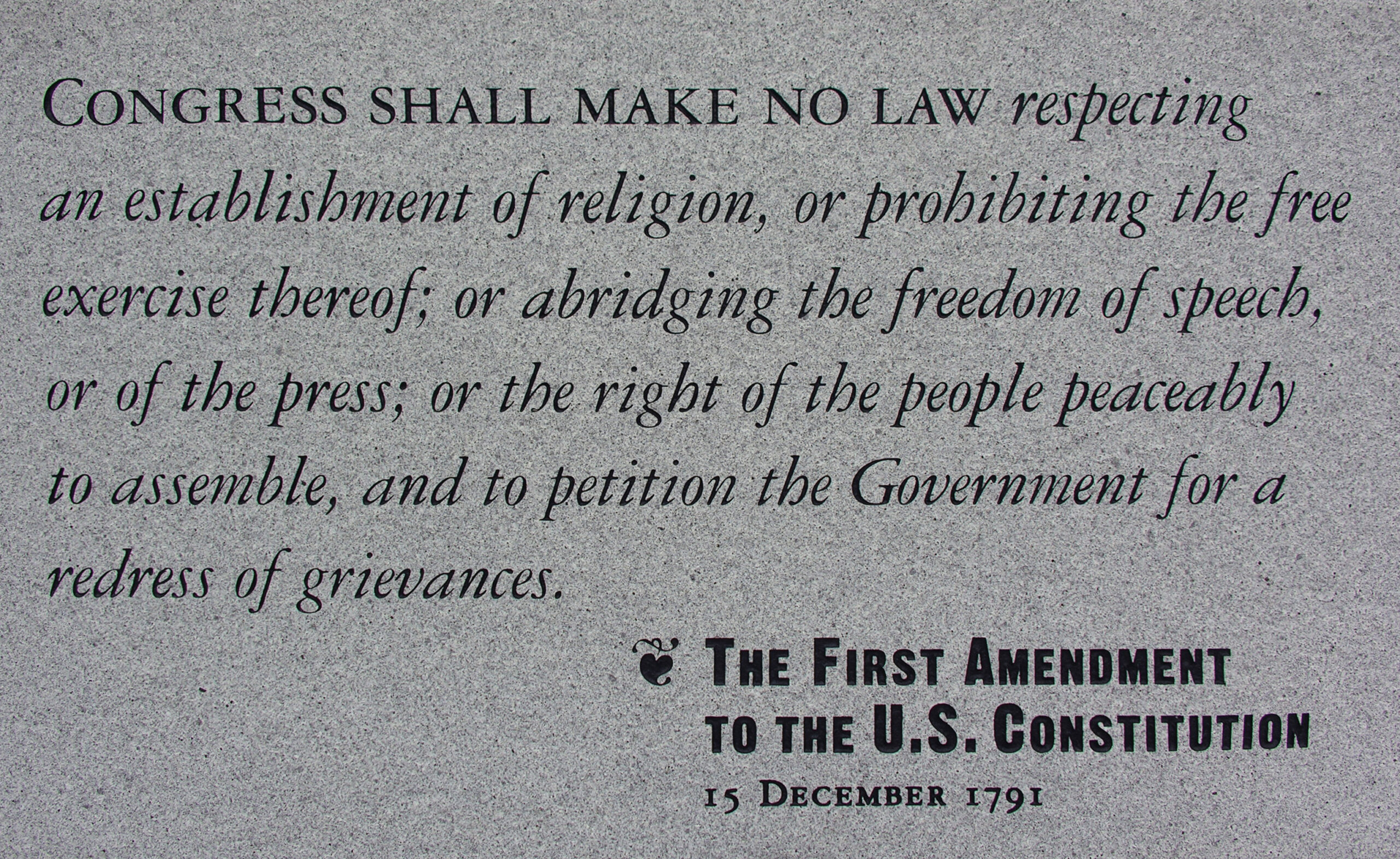The Pilgrims’ Journey to the New World
In 1620, a group of English Separatists known as the Pilgrims set sail on the Mayflower seeking religious freedom. They were escaping the Church of England’s oppressive dictates, hoping to practice their faith without fear of persecution. Upon reaching the New World, they established Plymouth Colony, where they could worship freely. This event is often seen as the cornerstone of religious freedom in America. As they navigated the challenges of a new land, they also laid the groundwork for the religious pluralism that would later define the nation. The Pilgrims’ journey is a vivid metaphor for the quest for freedom and illustrates the lengths to which people will go to secure their right to worship as they choose.
Rhode Island’s Bold Experiment
In 1636, Roger Williams founded Rhode Island, a colony that became a beacon of religious tolerance. Williams, a Puritan minister, was banished from the Massachusetts Bay Colony for his radical beliefs, including the separation of church and state. In Rhode Island, he established a community where individuals were free to practice any religion. This was revolutionary at the time, as most colonies had established churches and restricted religious practices. Rhode Island’s experiment offered a glimpse of a society where religious freedom was not only tolerated but celebrated. It was a pioneering step toward the broader acceptance of diverse religious beliefs in America.
The Maryland Toleration Act of 1649
The Maryland Toleration Act, passed in 1649, was one of the first laws in America that explicitly granted religious freedom. It was enacted by the Maryland Assembly to ensure that Christians of all denominations could practice their faith without fear of persecution. While it primarily protected Christians, it was a significant step forward in promoting religious tolerance. The Act demonstrated an early attempt to balance the religious diversity emerging in the colonies. Although it was later repealed, its principles influenced the development of religious freedoms in the nascent United States.
Quakers and the Pennsylvania Experiment
William Penn, a Quaker, founded Pennsylvania in 1681 as a haven for religious freedom. Quakers faced persecution in England and sought a place where they could practice their beliefs without interference. Pennsylvania became known for its religious and cultural diversity, attracting settlers from various faiths. Penn’s “Holy Experiment” was rooted in the Quaker ideals of equality and tolerance, influencing the colony’s governance and social structure. This experiment demonstrated the possibility of a society where different religious groups could coexist peacefully, setting an example for future generations.
The Great Awakening: A Spiritual Revival

The Great Awakening of the 1730s and 1740s was a religious revival that swept through the American colonies. It emphasized personal faith and emotional connection to religion, challenging the established churches’ authority. This movement encouraged individuals to seek a direct relationship with God, which often led to the formation of new denominations. The Great Awakening played a critical role in shaping American religious identity by promoting religious diversity and laying the groundwork for the principle of religious liberty. It empowered individuals to question religious authority and exercise their freedom of conscience.
Virginia Statute for Religious Freedom
Drafted by Thomas Jefferson and enacted in 1786, the Virginia Statute for Religious Freedom was a landmark document in the history of religious liberty. It declared that no person should be compelled to attend or support any religious worship and that all individuals have the right to freely exercise their faith. This statute was a precursor to the First Amendment of the United States Constitution, which guarantees religious freedom. Jefferson’s vision of a separation between church and state was revolutionary, ensuring that government would not interfere with religious practices. This statute set a precedent for the protection of religious freedoms in America.
The First Amendment: A Constitutional Guarantee

Ratified in 1791, the First Amendment to the United States Constitution enshrined the principle of religious freedom into law. It prohibits Congress from establishing a religion or impeding the free exercise of religion. This amendment is a cornerstone of American democracy, ensuring that individuals can practice their faith without government interference. It reflects the diverse religious landscape of the nation and the founders’ commitment to protecting religious liberty. The First Amendment has been the basis for numerous legal battles and remains a vital safeguard for religious freedom in the United States.
The Mormon Migration to Utah
In the mid-1800s, the Church of Jesus Christ of Latter-day Saints, also known as Mormons, faced severe persecution in the eastern United States. Seeking a safe haven, they embarked on a treacherous journey to the Utah Territory under the leadership of Brigham Young. This migration exemplifies the struggle for religious freedom and the lengths to which people will go to practice their faith. The Mormons established a thriving community in Utah, demonstrating resilience and determination. Their journey highlights the challenges religious minorities face and their enduring quest for a place where they can worship freely.
Jehovah’s Witnesses and the Right to Conscientious Objection

During the 20th century, Jehovah’s Witnesses played a pivotal role in shaping the legal landscape of religious freedom in America. They faced persecution for their refusal to salute the flag, serve in the military, and participate in patriotic ceremonies. Their legal battles resulted in landmark Supreme Court decisions affirming the right to conscientious objection and the freedom to practice one’s religion without government interference. These cases reinforced the principle that religious beliefs must be protected, even when they conflict with societal norms. The struggles of Jehovah’s Witnesses underscore the ongoing challenges faced by religious minorities in defending their rights.
The Civil Rights Movement and Religious Freedom
The Civil Rights Movement of the 1960s was not only a fight for racial equality but also a struggle for religious freedom. Many religious leaders, including Martin Luther King Jr., were at the forefront of the movement, advocating for justice and equality. Their efforts highlighted the intersection of religious and civil liberties, emphasizing that true freedom encompasses both. The movement’s success in dismantling segregation laws and promoting equality underlined the importance of religious freedom as a fundamental human right. It demonstrated the power of faith-based activism in advancing social change and ensuring that religious freedom remains a vital aspect of American democracy.


